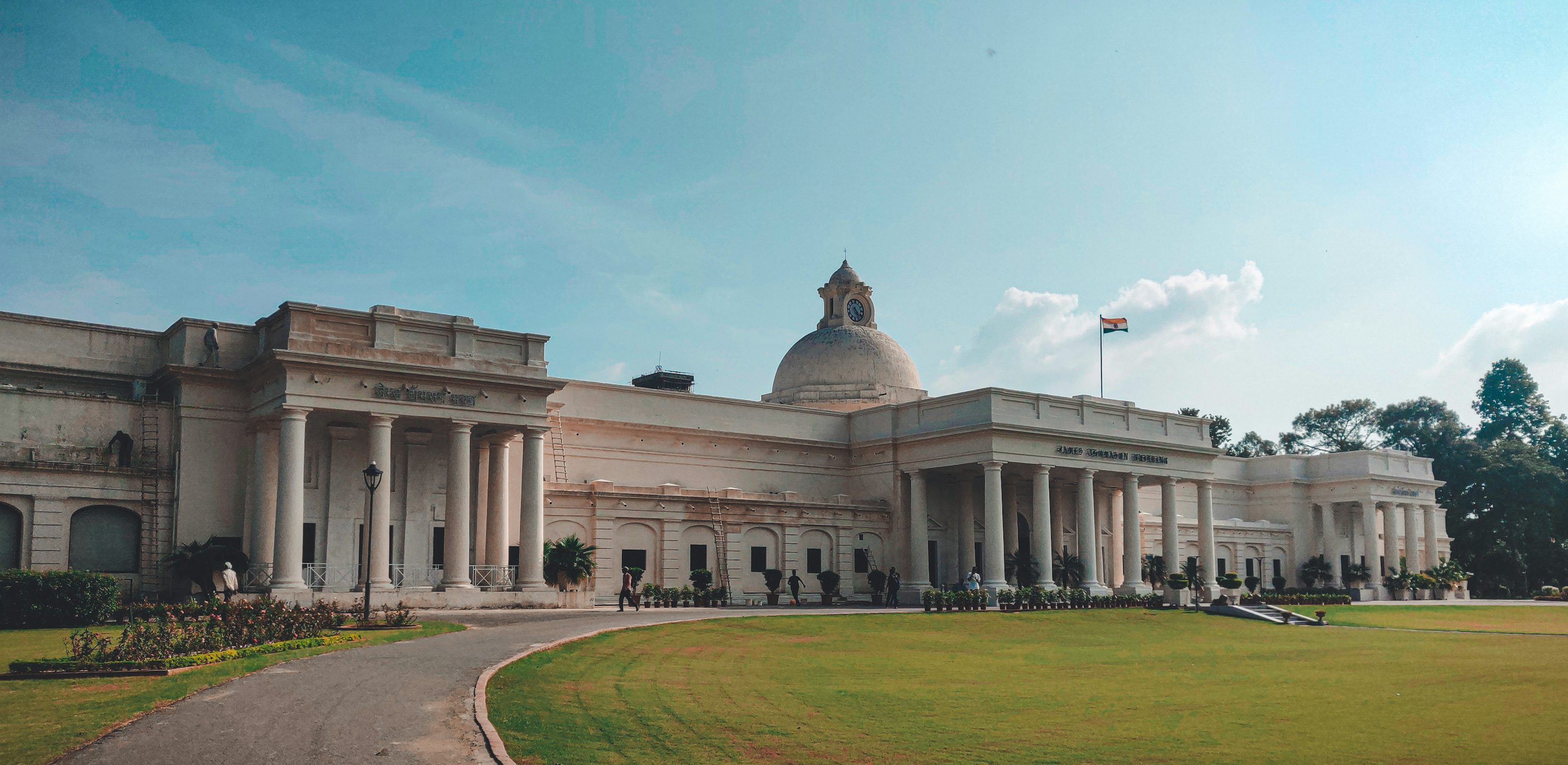

Body of IITR
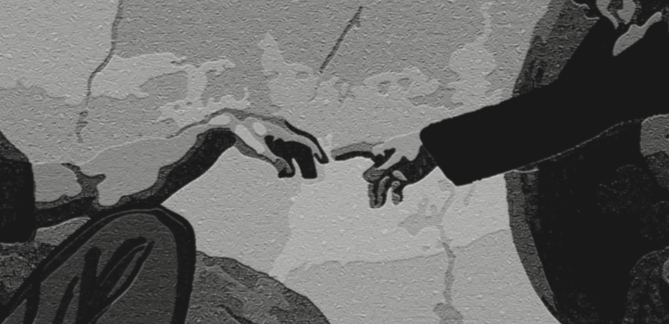
It is no secret that an institute’s alumni are the key to its growth. They represent the guiding philosophies and mindset with which the institute’s founders intended their protegees to flourish. They raise the bar of the achievement with their extraordinary accomplishments, and with it the prestige of the institute. An institute’s alumni also help shape the current students of an institute, nurturing their juniors towards even bigger dreams, and guiding them to reach greater heights. This is done via career counseling sessions, or via funds that they donate to the institute for the setting up of new labs and facilities.
The current state of the alumni relations at IIT Roorkee shows great scope for improvement. A few of the issues that we will deliberate on in the following paragraphs are the limited transparency in the usage of the donations that various alumni have donated to our institute, and the arduous process one has to go through in order to connect with an alumnus. We will also cover recent developments, like the initiation of the student alumni mentorship program (SAMP) and the creation of an online portal, geared towards solving these problems.
Universities and educational institutions sign Memorandums of Understanding (or MoUs) with other universities in order to exchange students, ensure mutual curriculum development, as well as provide research grants. Having MoUs with reputed universities around the globe exposes students to a plethora of exclusive opportunities. In terms of quality and quantity of formalised MoUs, however, IIT Roorkee lags behind many other IITs.
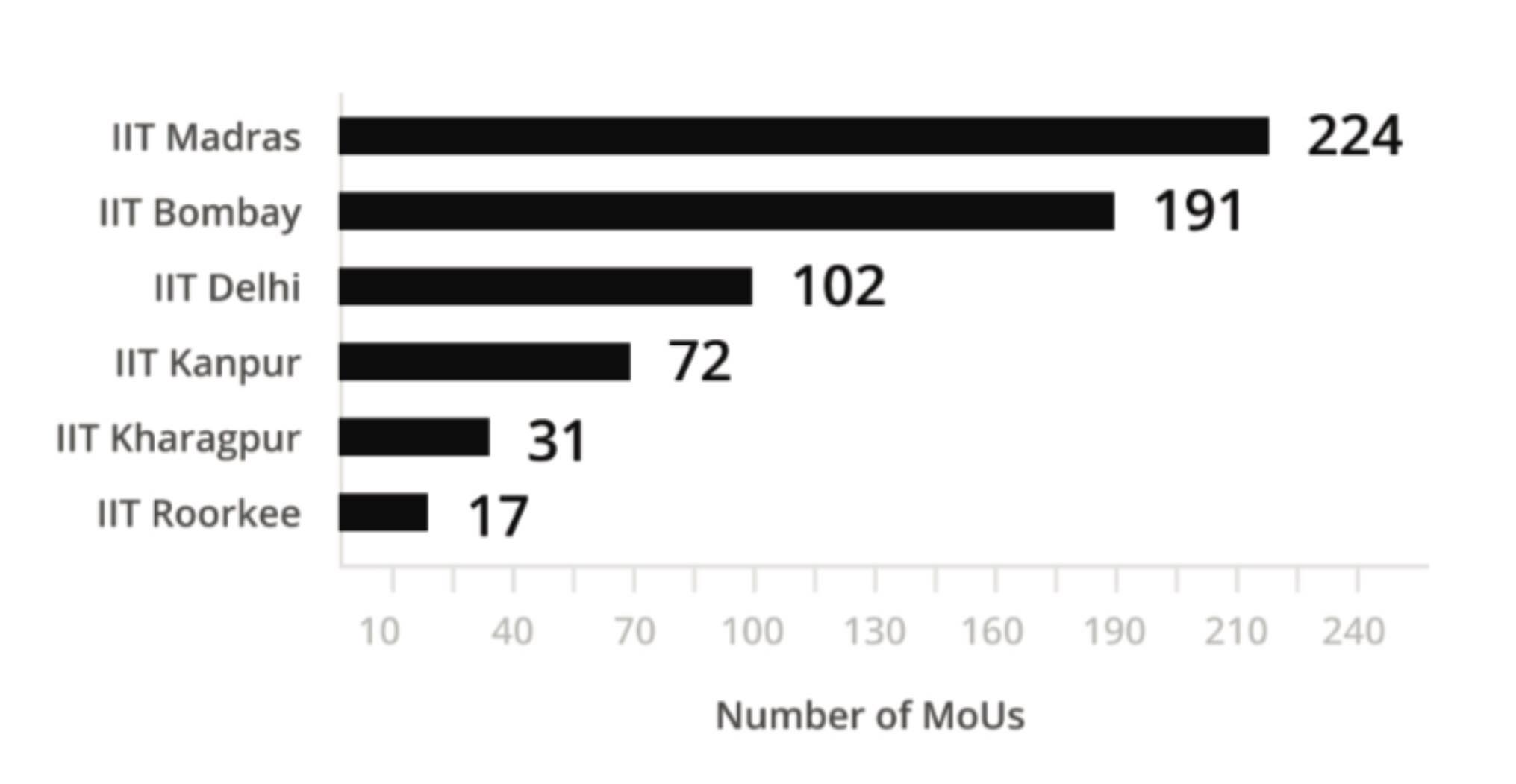
Most of IIT Roorkee’s MoUs are relatively new, since the earlier administrative setups did not prioritise maintaining university connects using alumni relations. The official procedure of establishing an MoU involves the presence of at least two nodal officers, one in each university. Any professor, dean, or even the director can act as a nodal officer. While it is easier to identify a nodal officer here, it is much more difficult to contact a professor who would be interested in being a nodal officer at the institute with which the MoU is to be signed. To overcome this problem, the Institute Alumni Relations Cell (IARC) is assimilating information from students who have gone for foreign internships under a professor as well as contacting Roorkee alumni currently studying in foreign universities. This will enable the DoRA office to establish contact with university professors who would be familiar with IITR and willing to become a nodal officer for that university. In this manner, IARC aims to become the missing channel between students and the administration.
Our current administration recognises these issues and is continuously working to improve IITR’s international image. According to the Dean of Resources and Alumni Affairs, Dr. B.R. Gurjar, IIT Roorkee has many informal MoUs with international universities with an active exchange of students taking place, but these are not formalised yet. The documentation of these MoUs is in process.
Hitherto, there was an incomplete transparency in the usage and channelising of funds that were being donated by the alumni, due to improper documentation. In the view of dealing with this, initiatives such as an online payment gateway and crowdfunding platforms are in progress. Once the donations are made online, displaying the amount of money, mode of donations and utilization of the donated funds would be plain sailing. There also are plans to set up a committee in order to monitor the donations, and to ensure proper utilization. These initiatives also have the potential of resolving the difficulties faced by campus groups such as MARS/Robocon, etc., in obtaining these donations to represent IITR at competitions held worldwide. It seems that IITR is witnessing burgeoning donations this year, including, Rs. 1.1 crore donated by the 1982 pass out batch in their recent silver jubilee meet. “Within the last six months, one huge individual donation came from an alumnus who donated USD 92,000. He would also be donating USD 8,000 this January. So, a sum total of USD 100,000 will have been donated by him alone,” quoted the Dean of Resources and Alumni Affairs.
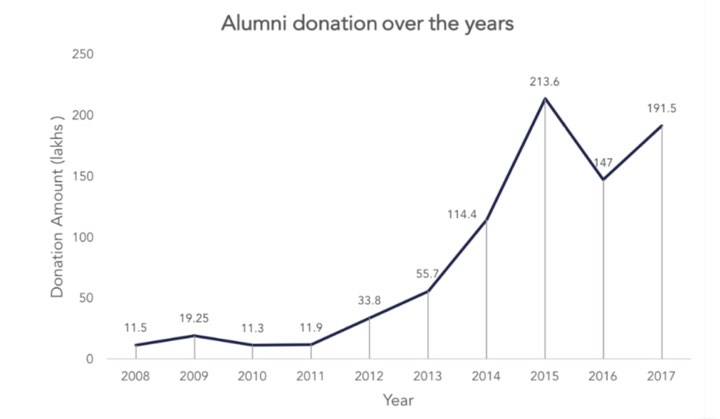
IITR has many active national as well as international alumni chapters. These, in the past, have tended to perform activities only within themselves, and now have been trying contact with the current students in campus. They make donations to the institution, but do not have much knowledge about the happenings back at their alma mater. IARC, being a fairly recent student initiative, suffers from a different problem: the fact that it does not have sufficient data of the older alumni. On the other hand, IARC’s alumni counterpart, the IIT Roorkee Alumni Association, is an established body that includes many older alumni as its members, but have little or no active student involvement. The IIT Roorkee Alumni Association, in collaboration with the Dean of Resources and Alumni Affairs (DoRA), organises commemorative jubilee meets of batches and chapters. Apart from these bodies, an umbrella organisation called the Students’ Pan-IIT Alumni Relations Cell (SPARC) exists to keep track of the initiatives and accomplishments of the alumni relations bodies in different IITs. This body has a limited role, and it organises an annual meet for alumni as well as student representatives of the IITs. SPARC includes representatives from IIT Madras, Bombay, Kharagpur, and Guwahati, with IIT Roorkee and IIT BHU joining the cell in 2017.
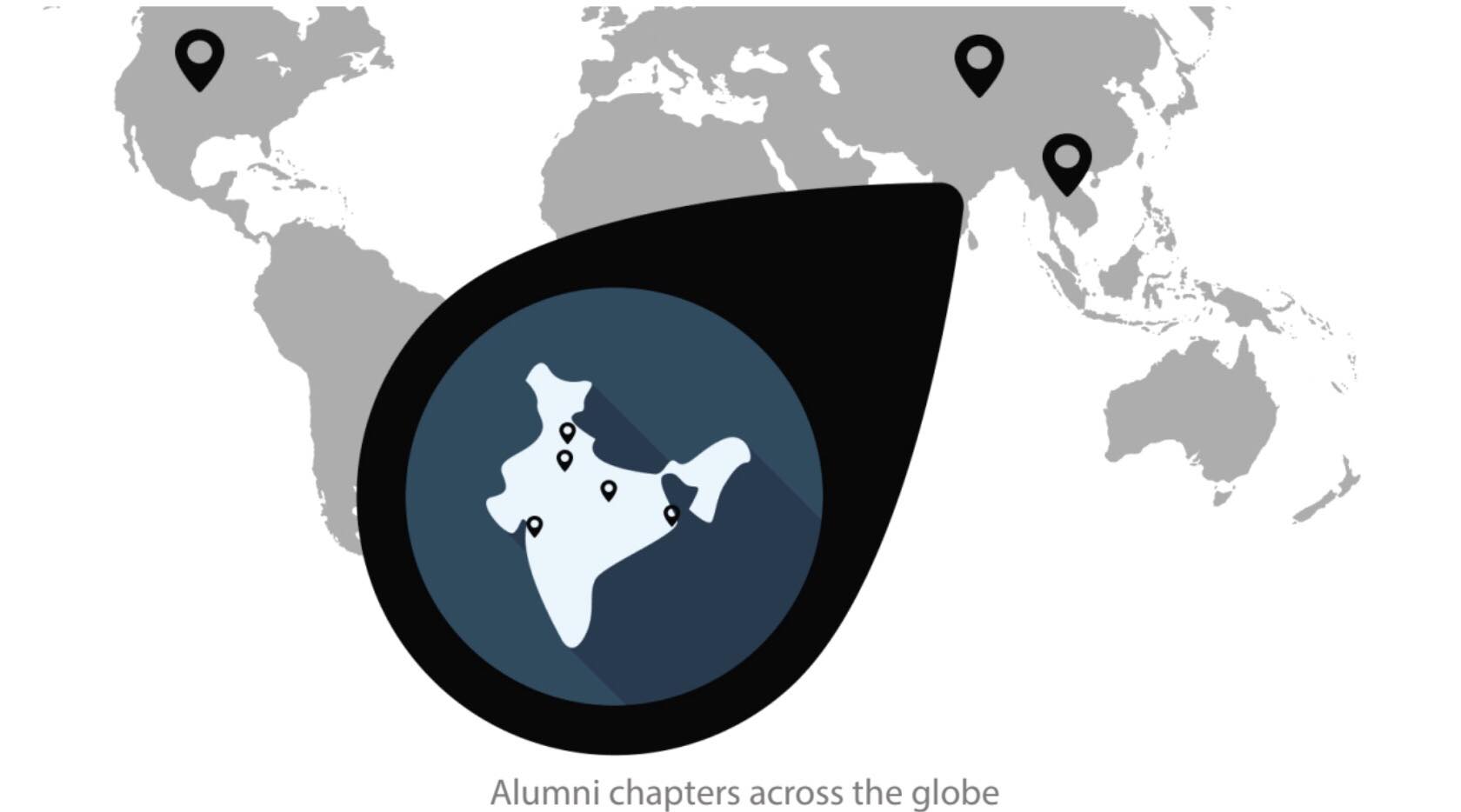
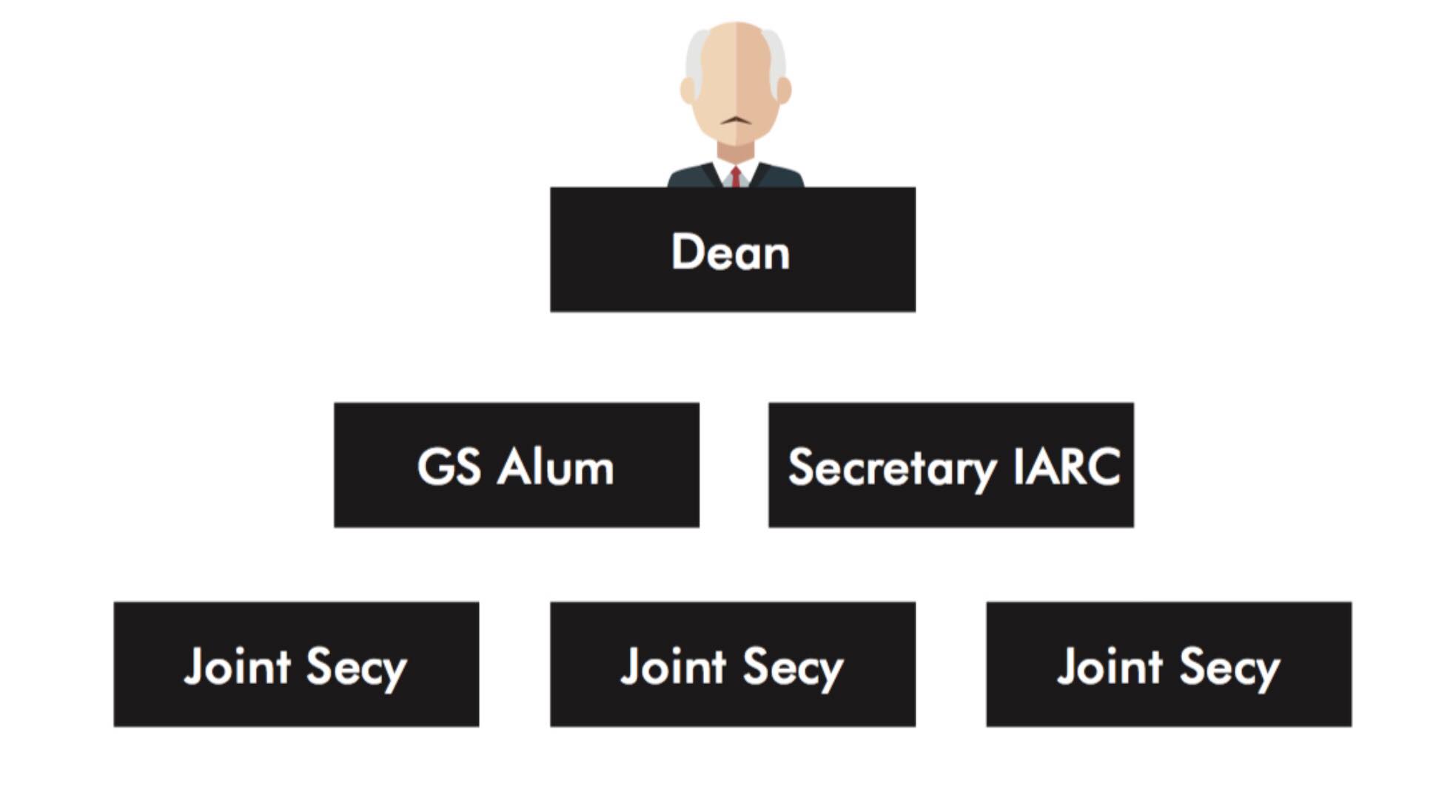
IARC, a student body under the Dean Of Resources and Alumni Affairs, has around thirty student members, with Manik Verma, (General Secretary, Alumni Affairs) as its student representative. The body is headed by its Secretary, Arpit Mishra. However, the role of both these positions seems consubstantial without any substratal difference. Owing to an inchoate IARC, the post of student secretary had to be appended to preside over the group activities alongside alumni activities and administration. Eventually, as IARC becomes entrenched, the post of GS Alumni Affairs would become superfluous. Manik, when asked for, regarding the same, remarked, “In future it (the existence of both posts) is redundant. Only a person who has worked in IARC and who shares such a vision with all other members should lead IARC. GS Alumni Affairs serves as a point of contact for Alumni and the institute and therefore a new person can’t come and simply take over.” “However, in case the GS Alumni Affairs does not get removed, then whosoever gets nominated for GS Alumni Affairs should be a member of IARC or should have worked in coordination with IARC so as to have some prior experience,” added Arpit.
IIT Roorkee has an honorable heritage, spanning almost 200 years, and we have come a long way since our establishment. Ranging from the times of Shri Ganga Ram, the founder of modern Lahore, to the more recent Amit Singhal, Jaiprakash Gaur, and Sanjiv Singh, our alumni have played a very important role in shaping our reputation. Having a strong alumni network does not only lead to the development of an institute in terms of donations and grants, but it also leads to the advancement of the students studying there. IIT Roorkee alumni are everywhere- managing senior roles of multinational companies, building successful startups, and even occupying the most exclusive positions in the Indian Government.
We have, however, realised how a strong and a positive relationship with alumni can benefit us socially, academically and professionally. Now, a cooperative administration, along with a hard-working student body are actively reaching out to alumni, contacting them for support as well as helping them with all their campus-related issues. Despite a few organisational flaws, failures, and setbacks, the overall impact is positive. We are seeing an unprecedented growth in alumni involvement. In the words of Dr. B.R. Gurjar, “Our condition is improving by leaps and bounds, and in the time to come, we will have more alumni involvement in campus activities, higher donations, and most importantly, better networking among all the IIT-R alumni in the world.”
Dr. Gurjar, Dean of Resources and Alumni Affairs, took out some time to talk to us about the state of alumni relations at our institute. Here is an excerpt of our interview with Dr. Gurjar.
Watch Out: Why is the number of MoUs that IIT Roorkee has much less in comparison to the other IITs?
DoRA: There are many informal MoUs which aren’t signed yet. They are collaborations of the faculty members for supervision of PhD students, thesis studies, exchange of faculty and students. The only problem is that they haven’t been documented yet like the other IITs have. The documentation is still in process, and it is being done with the help of IARC members and the other staff members hired for the same. So, collaborations of IITR are no less than the other IITs. There is just a lack of proper documentation, which is under process.
Watch Out: Do you think there is a lack of transparency in alumni donations? Why is it difficult to get donations from the alumni?
DoRA: The Online donation portal wasn’t present earlier but now it has been established. The alumni connections exist and they are coming forward to donate more and more. We are now accelerating the donation process, so more donations are coming up. Another issue is that the older Roorkee alumni are usually doing administrative jobs in the public or the private sectors and are not well-established industrialists. However, the recent graduates are more into entrepreneurship. So when they are financially strong themselves, only then they can afford to donate. Organisations like the IIT Roorkee Heritage foundation, situated in the USA, help us receive donations from international donors.
Watch Out: What are the connections we have established with the different alumni chapters? Also, what responsibilities and activities does the alumni association have that differentiates it from the IARC?
DoRA: Basically, the IARC is not that well established as of now and they are trying to connect with the recent alumni, whereas, the IITR Alumni Association is very old and hence has a larger database of the older alumni. They keep on organizing various activities and jubilee meets for our older alumni.
Watch Out: What are your views on the apparent redundancy of two separate posts, i.e. GS Alumni Affairs, and the head of the IARC? Aren’t their functions the same?
DoRA: It is better if a member of the group itself takes the post of secretary. Having a nominated, competent final-year member of the IARC handling all the responsibilities of alumni relations will be much more conducive than having someone from open elections, since alumni connections is a specialized activity that needs years of experience. Doing justice to these responsibilities is not everyone’s cup of tea.